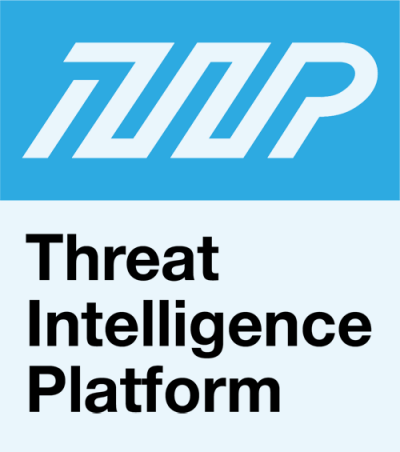


|
||
|
||
There is a misconception that threat intelligence is something that only specialists in the cybersecurity field can analyze and understand. In truth, threat intelligence is a good resource that can be of use in any cybersecurity role. It is something that anyone who cares about or works toward network security will find beneficial.
Having said that, let’s take a look at some applications of threat intelligence and how four cybersecurity professionals, in particular, may find it useful.
Application #1: Security Operations Teams
The first layer of defense that most organizations rely on is their own security operation center (SOC). Whether outsourced or in-house, security operations analysts need to possess a broad set of skills to be effective. This includes capabilities in log monitoring, penetration testing, incident response, access management, and more. Each one of these tasks requires a different group of systems and solutions to work well, which are usually not integrated. This means that SOCs often have to deal with unending alerts and big data that may not come with much context.
Threat intelligence enriches alert management. It provides context to help SOCs know which alerts need to be prioritized. Some threat intelligence platforms readily offer this kind of automation using machine learning (ML) or similar technologies.
Application #2: Incident Response Teams
Just like SOCs, incident response teams face the challenge of getting information that lacks context. They are also bombarded with numerous alerts from their security information and event management (SIEM) solutions and so are forced to choose which ones to prioritize. But without clarity, incident responders may find it hard to determine which alerts are critical and which ones can be safely ignored.
Reliable threat intelligence can help incident response teams by:
Application #3: Vulnerability Management Teams
The goal of this process is to minimize risks as much as possible by enhancing the security of an environment. Yet new vulnerabilities are constantly discovered and patching them is time-consuming, assuming fixes are readily available. For providers with limited resources, security teams should know which vulnerabilities to prioritize, which can wait, and which can be ignored.
Threat intelligence can enhance the vulnerability management capabilities of managed detection and response (MDR) service providers. It provides them with the context required for assessment. They can combine internal vulnerability data with external intelligence from various sources to reduce guesswork when triaging vulnerabilities.
Application #4: Fraud Prevention Teams
In order to understand how cybercriminals aim to profit from a business, one cannot simply focus on detecting and responding to threats that are already present in systems and networks. Security providers need to collect threat intelligence on malicious actors and how they operate. To keep organizations safe, preventing fraudulent uses of a brand or data is crucial.
The right tool for threat intelligence gathering can help prevent:
* * *
Several other cybersecurity professionals can benefit from reliable threat intelligence. By employing various sources of threat data, cybersecurity solution providers like MDR and managed security service providers (MSSPs) can provide the much-needed context so they can filter noise and focus on what’s most important to secure their clients’ networks.
Sponsored byVerisign

Sponsored byDNIB.com

Sponsored byVerisign

Sponsored byRadix

Sponsored byWhoisXML API

Sponsored byCSC

Sponsored byIPv4.Global
